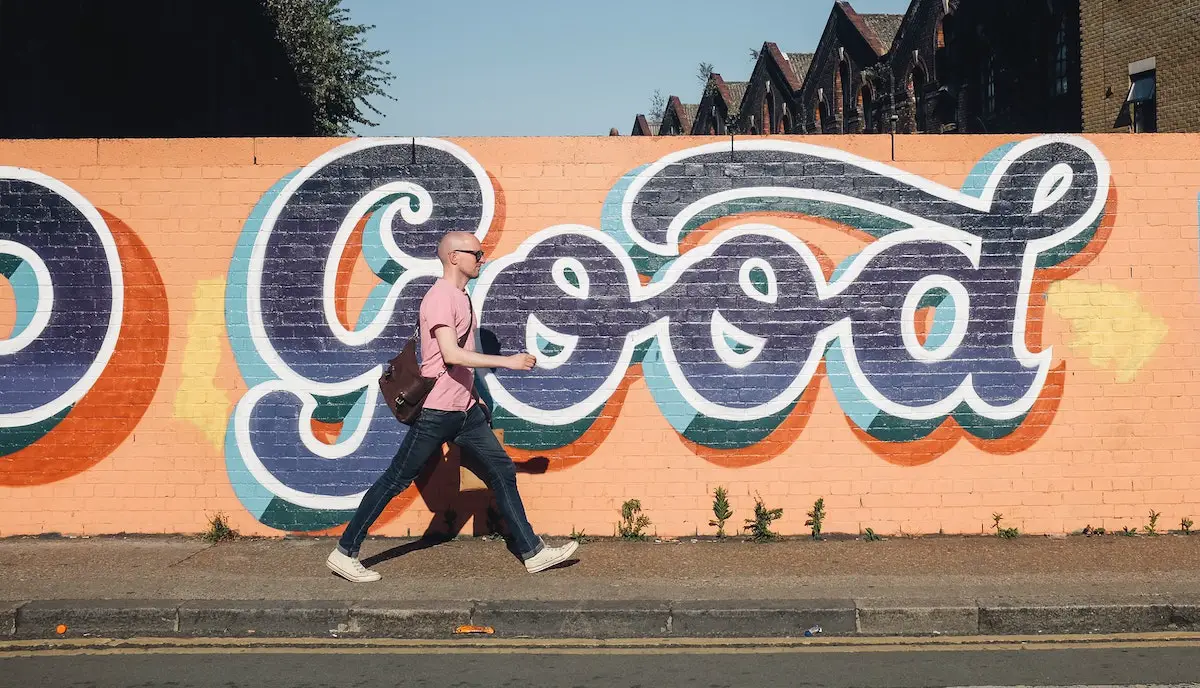What’s in a Name? The London Street Showing the Limit of Naming Rights to Urban Infrastructure
The concept of acquiring naming rights to urban infrastructure will be familiar to most residents of today’s neoliberal cities. In an economic system where everything has a financial value, market logic is present in most contexts, and competition is the default, it was inevitable that stadiums, cycle hire schemes, and even cable cars would end up being referred to – formally, at least – by the brand names of their corporate sponsors.
But recent developments in London suggest we may have found the limit of this equation.
Five years have passed since I walked down Siemens Brothers Way, and nine since the street was inaugurated. It was an exciting time, for some, in this unloved pocket of the English capital. A Green Enterprise District had been declared, aiming to create a low-carbon economy and regenerate an area a few kilometres further east than Canary Wharf (an area that, let’s be honest, was already a bit further east than the sort of people of interest to a Green Enterprise District truly wanted to go).
One of the organisations that bought in to this project was my then-employer Siemens, building a technologically advanced flagship pavilion accredited with some of the most prestigious sustainability certifications in the world. It was a genuinely enriching space to work from. And naturally, this multi-million-pound development required an access street. And yes, that street required a name.
The Siemens brothers were German entrepreneurs born in the 1800s and, if the press releases are to be believed, the company they founded went on to make its mark on the history of the London docklands. But the thing with making history is you don’t always know if you actually are making it, even if you and those around you feel, at the time, that you definitely are. The Green Enterprise District ended up largely going nowhere, with few additional big names attracted to get on board. Most of the subsequent development of the area was residential, accelerated by advancing plans for a nearby Crossrail station.
Ownership of the pavilion eventually changed, its original tenants went on to depart, and its status at the time of publication is the capital’s next city hall (once conversion challenges are overcome). So was history made? I’d argue not.
Others agree. Earlier this year, a new name was selected for Siemens Brothers Way, after community consultation and a public vote: Kamal Chunchie Way.

Kamal Chunchie was a race relations pioneer from Sri Lanka, known for founding the Coloured Men’s Institute for sailors, dock workers, and residents of London’s Royal Docks in 1926.
Both street names have meaning, and both could be justified, albeit in radically different ways. This name change therefore tells us something significant: streets are an asset – a permanent asset. Naming rights, on the other hand, come with a fixed term. Even if that wasn’t the formal case in this scenario, it ended up being its truth.
A street has depth of meaning and social significance. A street could have been walked down by your great-great-great grandparents – and it could be walked down by your great-great-great grandchildren. Unlike stadiums and bike hire schemes, streets are tangible parts of what it means and how it feels to be a citizen of a city. They’re a shared part of our lived experience, and street names need to be meaningful in order to reflect that.
The treatment of Kamal Chunchie Way did not meet the standard required for something as significant as a street. For some of those involved, that penny has already dropped, and London’s Royal Docks defined a new street-naming process as a result of the re-naming exercise:
Six principles that came out of the workshops will guide names given to new public spaces in the area over the next 20 years: Inspire pride in people and place. Represent the underrepresented. Create catchy and curious names. Tell stories on the streets. Celebrate the ordinary. Co-create and add colour.
People’s vote to decide new street address
History is bumpy, and when taking a step back to consider the complex and traumatic events that have triggered street name changes elsewhere, this corporate-naming-rights misstep seems pretty insignificant. But a street is not insignificant to those who experience it. Like most assets in today’s cities, street names are valuable, but the naming process demands different evaluations, and different participants, to that of a stadium or bike hire scheme.
After a bit of a false start, I hope that all who walk down Kamal Chunchie Way have a positive and enriching experience.
Image: Kevin Grieve



